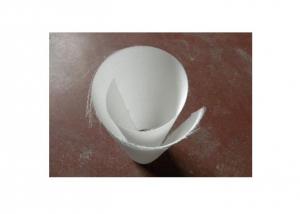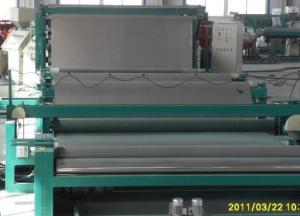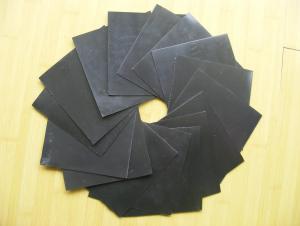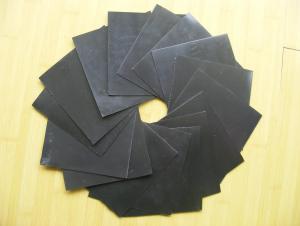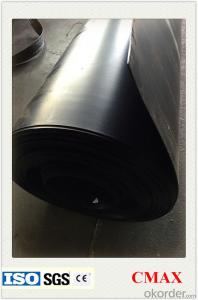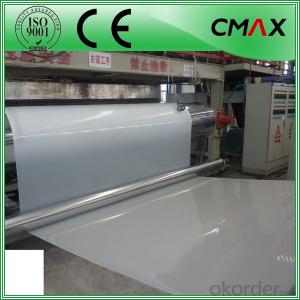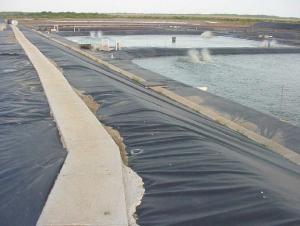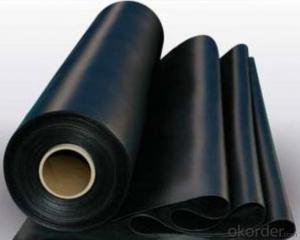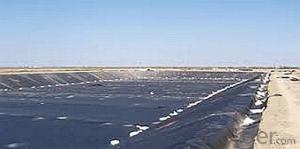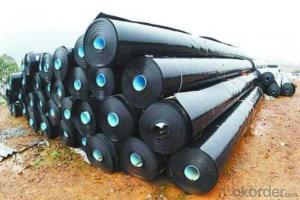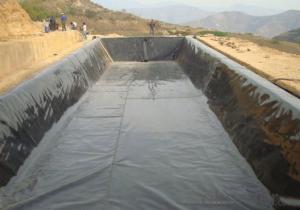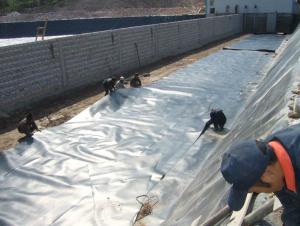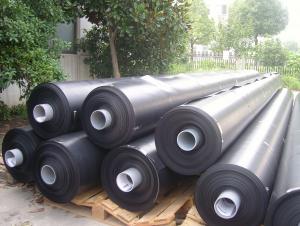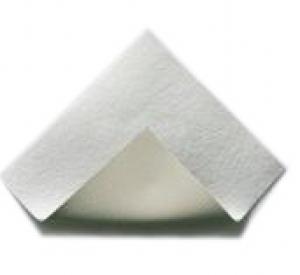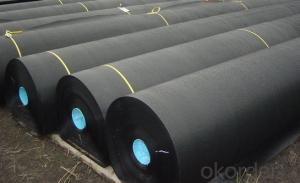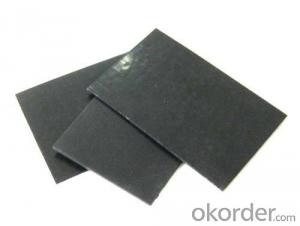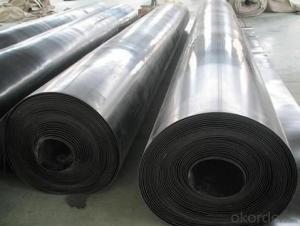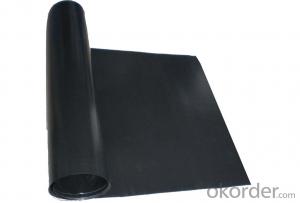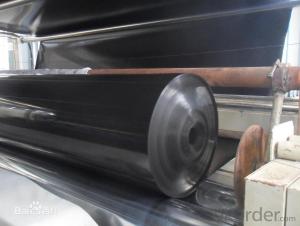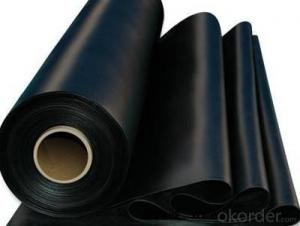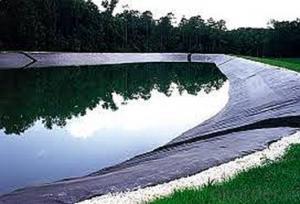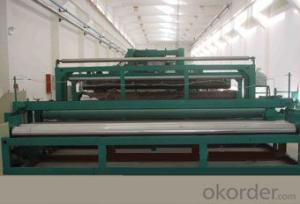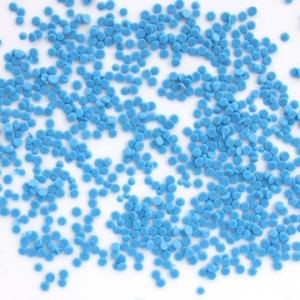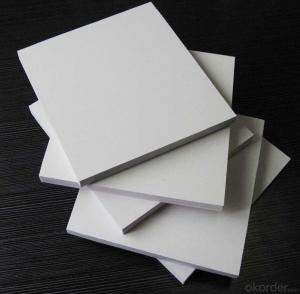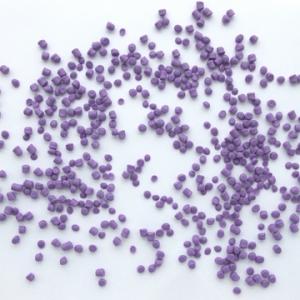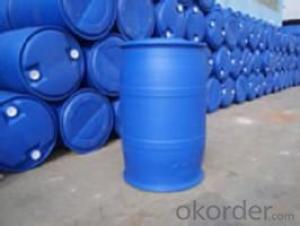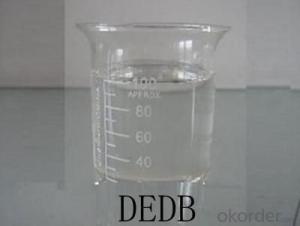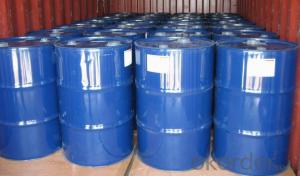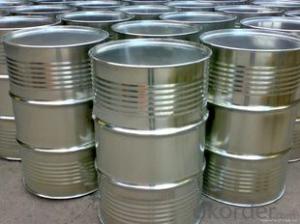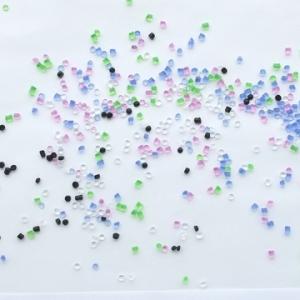Geomembrana 500 Micrones
Geomembrana 500 Micrones Related Searches
Geomembrana 1 Mm Geomembrana 1.5 Mm Precio Geomembrana Para Cisternas Geomembrana Calibre 1200 Geomembrana Impermeable Geomembrane Machine Geomembrana Pvc Geomembrana Hdpe 40 Mils Geomembrana Circular Geomembranes Geomembrana De Alta Densidad Geomembrane Thickness Geomembrane Material Geomembrane Liners Cisterna De Geomembrana Geomembrane Factory Geomembrana Para Piscinas Geomembrana Hdpe 1mm Bgm Geomembrane Geomembrane Products Geomembrana De Polietileno Geomembrana Calibre 30 Geomembrana Para Reservorios Waterproof Geomembrane China Geomembrane Geomembrana Lldpe Geomembrana Mexico Geomembrane Film Liner Geomembrane Geomembrana Para TechosGeomembrana 500 Micrones Supplier & Manufacturer from China
Geomembrana 500 Micrones is a high-quality geosynthetic product designed for various applications in the civil engineering and environmental sectors. This product is known for its excellent impermeability and durability, making it ideal for use in projects such as landfill liners, canal linings, and reservoirs. The product's thickness of 500 microns ensures that it provides a reliable barrier against the passage of liquids and gases, while its flexibility allows it to conform to various surfaces and contours.Geomembrana 500 Micrones is widely used in a range of applications, including waste management, water management, and environmental protection. Its ability to prevent the leakage of hazardous substances and contaminants makes it a crucial component in the construction of secure landfills and containment facilities. Additionally, its use in canal linings and reservoirs helps to maintain water quality and prevent seepage, ensuring the efficient management of water resources. The product's versatility and effectiveness have made it a popular choice among engineers and contractors in various industries.
Okorder.com is a leading wholesale supplier of Geomembrana 500 Micrones, offering a vast inventory of this essential product to customers worldwide. As a reputable supplier, Okorder.com is committed to providing high-quality materials at competitive prices, ensuring that clients have access to the resources they need for their projects. With a large inventory of Geomembrana 500 Micrones, Okorder.com is well-equipped to meet the demands of both large-scale and small-scale projects, making it a reliable partner for businesses in the civil engineering and environmental sectors.
Hot Products
